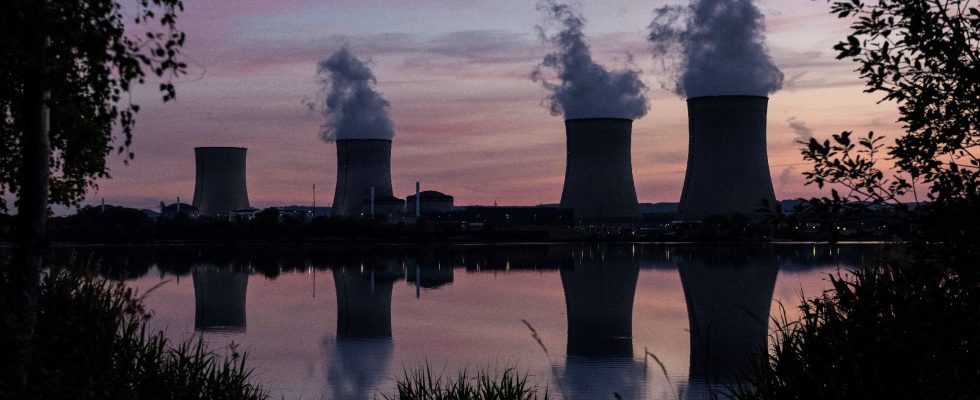“Is it due to an organizational problem at EDF or to the use of a subcontractor who did his job poorly? Admittedly, the Nuclear Safety Authority (ASN) considers the 15 centimeter gash recently detected on the cooling circuit of the Penly 1 site (Seine-Maritime) as a singular point and not a generic problem that could affect many installations. Certainly, EDF recalls that the phenomenon of thermal fatigue at the origin of other cracks in reactor 2 of Penly and reactor 3 of the Cattenom power plant (Moselle) is “well known and monitored for a long time”. Nevertheless, this succession of incidents is worrying. The electricity supplier will again have to give priority to its controls and probably expand its investigations. What to wonder about the availability, already relatively low, of our nuclear fleet.
“Even before the crack problems, EDF was forecasting extremely low activity in the fleet in 2024. And if you look at the forecast balance sheet of the RTE network operator for 2023-2035, you will see that its authors are extremely cautious about the charge of the atom sector in the future”, warns Nicolas Goldberg, head of the energy division of the Terra Nova idea laboratory. “Even if we come out of this crisis around 2025-2026, which is EDF’s optimistic hypothesis, in 2029 we will be off again for a round since the fifth ten-year inspection – a unit shutdown associated with large scale – will start”, continues the specialist.
“Nuclear produces less, it’s not going to get better”
“The park is still safer today than in the past, says Valérie Faudon, general delegate of the French Nuclear Energy Company (SFEN). Many elements intended to avoid serious incidents have been added over the years. However, EDF will have to take into account the large fairing site – its program of renovation and modernization of the installations – and the problems of cracks simultaneously in its agenda.” The good news ? We are coming out of winter. There is therefore less risk of extreme cold, which should allow the work to progress more quickly.
But what will happen at the end of the year, when the demand for energy is once again at its highest? “Since 2005, nuclear has produced less, it’s a heavy trend that is not going to get any better, warns Cédric Philibert, associate researcher at the French Institute of International Relations. We are going to be structurally in a situation of deficit forcing us to import energy.
“The sector will undoubtedly find a way to mitigate the corrosion problems which are linked to the design of the pipes in the most recent reactors”, tempers Dominique Grenêche, professor at Sciences Po and the National Institute of Nuclear Sciences and Techniques. After all, it has been able to replace steam generators in the past due to corrosion concerns, while this task seemed extremely complicated at the start.
On the other hand, thermal fatigue could well play tricks on engineers for a long time to come. Today, countries with a large share of nuclear power in their electricity mix often modulate the power of their reactors in order to respond to variations in demand or to integrate renewable energies into the network. However, these manipulations accelerate the aging of steels, underline several experts.
“This makes ASN even more cautious about extending the life of reactors beyond sixty years”, notes Cédric Philibert. And the expert concludes: “To imagine that we will be able to have a historic nuclear capacity of 24 gigawatts in 2050 as in the most nuclear scenario of RTE, is to make a very daring bet on the future.”
